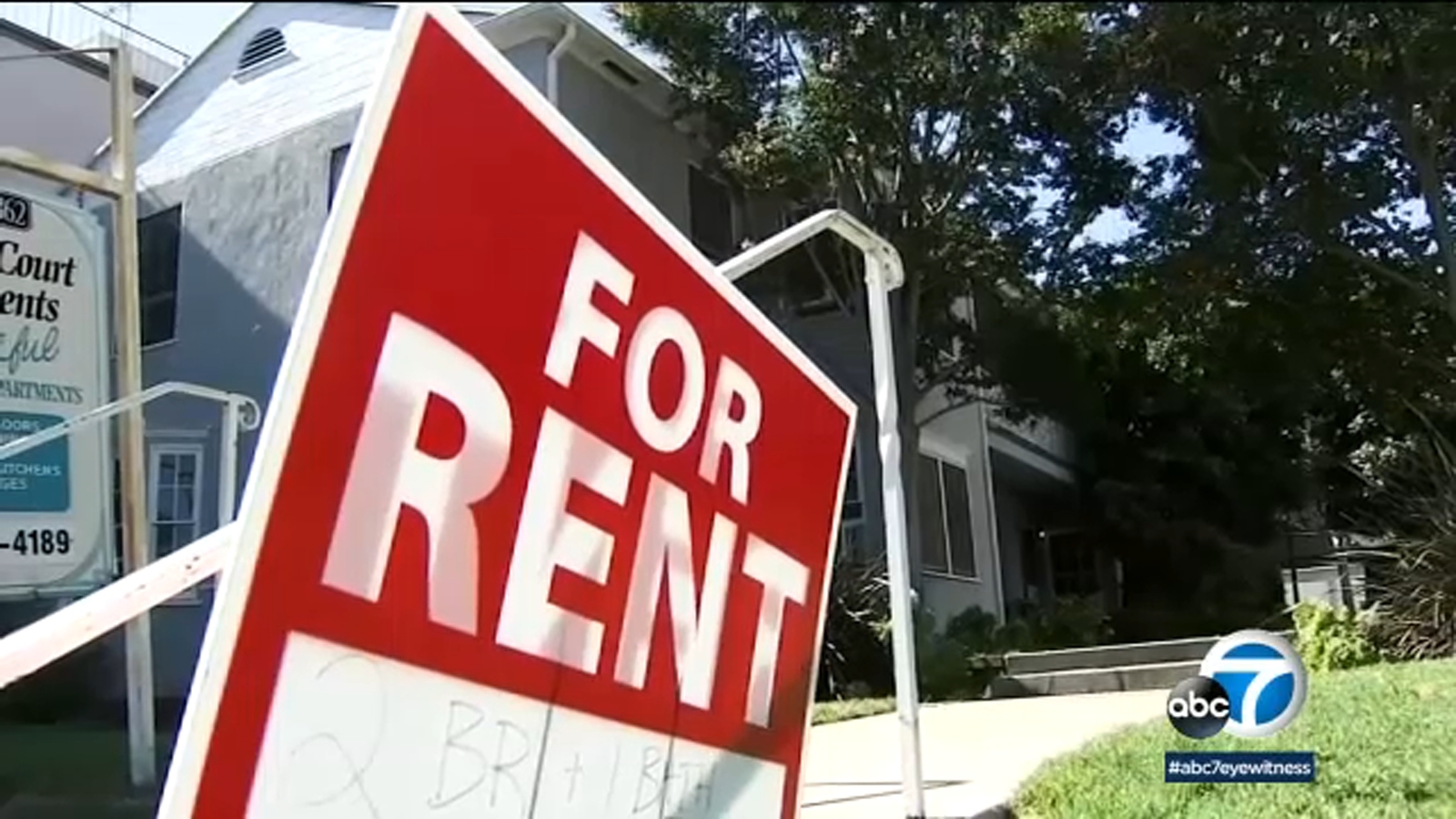People wait years for government-subsidized housing in Southern California; experts say solution is ‘more of everything’

LOS ANGELES (KABC) — It’s not unusual for someone to show off their car, but when Stephanie Cleaver shows off her car, she’s also showing off her bedroom.
“I never, never in life thought that this was going to happen to me. I had everything. I had a nice family, nice husband, but it changed,” said Cleaver, a retired property manager.
The soon-to-be 72-year-old said she’s homeless when she’s unable to crash with her son or daughter.
When her partner died years ago, Cleaver couldn’t afford the rent and lost her apartment. Now, she gets roughly $1,200 a month from Social Security plus whatever she can make from recycling.
However, it’s not enough.
In September 2015, she applied for government subsidized housing in the form of a Section 8 Housing Choice Voucher in Redondo Beach.
Originally, she said she had more than 1,000 people ahead of her.
In more than seven years, she’s moved up a few hundred spaces and is now around No. 700 on the waitlist.
“I’d get on anything just to get my own place that I can afford,” she said.
Long wait times is a widespread problem
Redondo Beach Housing Authority officials declined a request for an interview, but told Eyewitness News in an email that the city’s Section 8 waitlist has dropped from more than 4,000 families at the beginning of 2022 to just under 1,200 now.
According to data from the U.S. Department of Housing and Urban Development – the federal agency in charge of public and subsidized housing – as of the end of 2022, Redondo Beach Housing Authority’s average wait time was about two and a half years for the Housing Choice Voucher program, also known as Section 8 housing.
This is roughly in line with wait times in the area.
In the Los Angeles metro area (which includes Los Angeles and Orange counties), people wait on average more than two years on Section 8 waitlists, according to the most recent HUD data.
RELATED: LA’s Section 8 housing program plagued by unused vouchers, landlord rejections
But it’s not unique to Los Angeles.
The demand for public and subsidized housing is widespread.
In New York, people wait nearly four years. In Miami, it’s three and a half years. In Chicago and Dallas, people wait roughly two years for a Section 8 voucher.
Click here to open this table in a new window.
Wait times can be even longer for government-owned public housing.
Section 8 housing is privately owned, but subsidized through vouchers. Public housing is owned and operated by local housing agencies.
In Los Angeles County, people wait for public housing for about five and a half years on average.
Even though the Section 8 voucher options might come with a faster wait time, two of the largest housing agencies in the area – the Housing Authority of the City of Los Angeles and the Los Angeles County Development Authority – have closed their Section 8 waitlists due to high demand.
“The fact that we have to open the waiting list is an indicator that it’s really crazy, right?” said Michael Lens, an associate professor of urban planning and public policy at the UCLA Luskin School of Public Affairs.
“We just don’t have the public housing stock, the voucher availability and other forms of HUD subsidized housing to meet that need, or anything close to it,” Lens said.
More vouchers, more money, more housing
Lens said there is a big gap between the people housing agencies are able to serve and the need that is out there.
An Eyewitness News data analysis of Zillow data shows typical rents in L.A. and Orange counties have jumped 30% over the past five years.
About one in every four renters in Southern California are spending more than half of their income on rent, according to Census data.
Click here to open this graph in a new window.
Click here to open this map in a new window.
The solution, according to Lens, is “more of everything.”
“We need more vouchers, we need more public private partnerships to provide kind of a mix of housing choices that are both public and private,” he said.
More funding would help housing agencies house more people, said Tracie Mann, the chief of programs for the Los Angeles County Development Authority.
“An increase in funding would really be the answer to the question of increasing the availability of housing for those who are on the waiting list, and also preventing them from falling into homelessness, because we don’t know the circumstances of those currently on the waiting list,” Mann said.
More housing in general would also help, said Lens, but that isn’t always an easy solution.
“The main thing that doesn’t always come up when we talk about public housing or vouchers is the extreme difficulty of building housing of any kind,” Lens said.
“That’s kind of the foundation of … trying to reverse this inexorable trend of increased rents, increased prices, increased housing costs and burden. We need to make it easier to build and make it make housing more plentiful, or we’re not going to ever be able to subsidize our way out of it,” Lens continued.
Despite all this, Cleaver remains optimistic.
“Every day, I check my mail and I keep hoping, ‘This is it. This is it,'” she said. “In all my heart, I know that I’m going to have a home to live in.”




